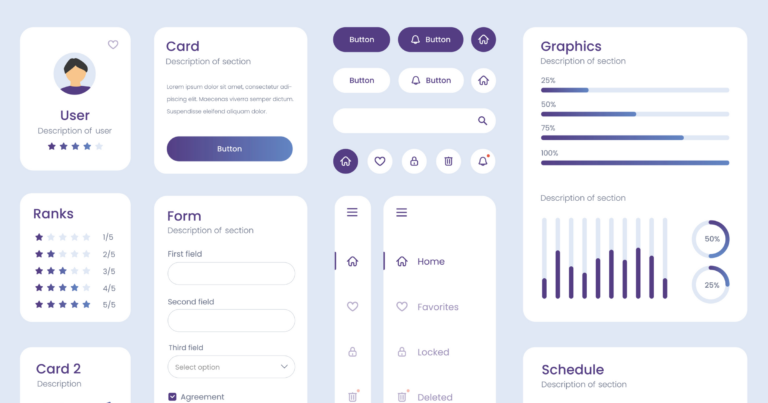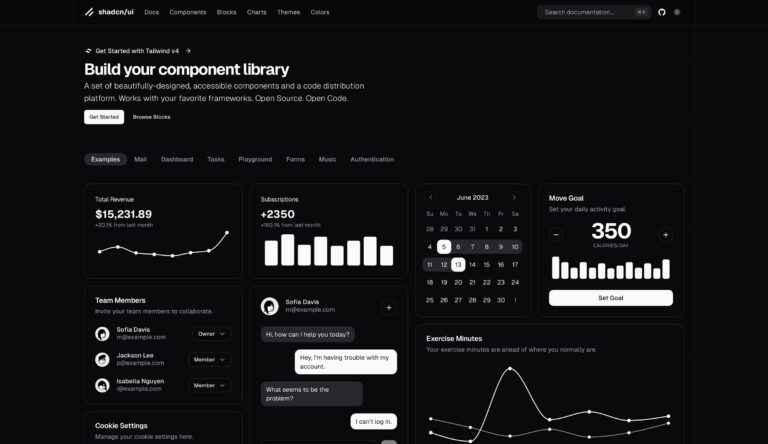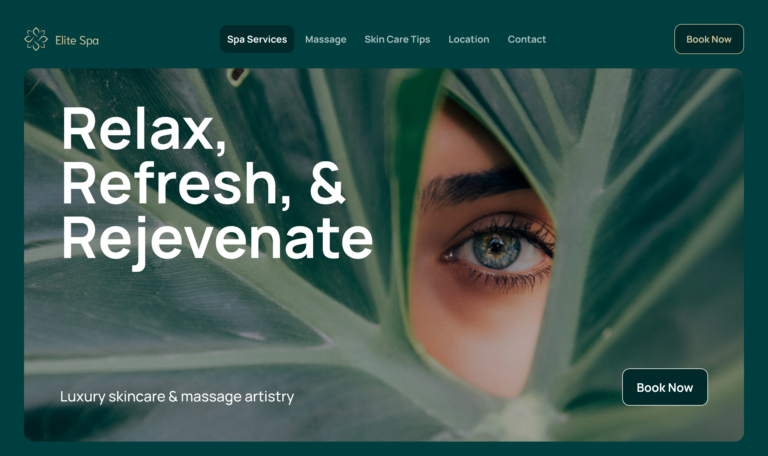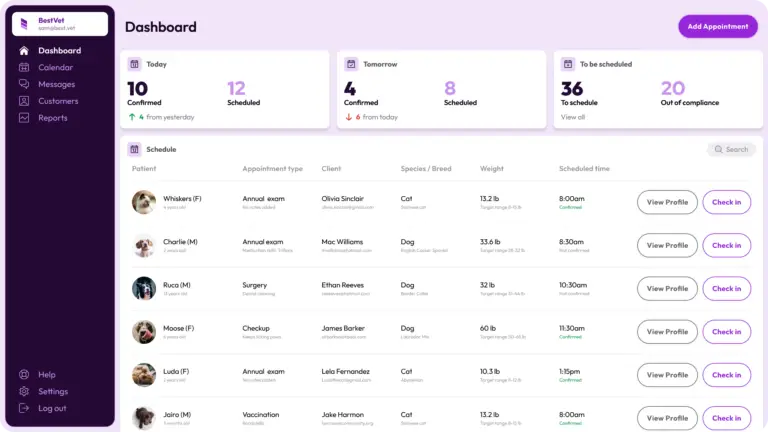Building custom websites is a rewarding task. Creating a marketing calling card for your product or service. Getting clients to engage with your business, and building a key part of your brand.
Why is it important to understand your website’s performance
If your site is performing well, why would you need to make changes. There may be a specific feature or design you want to improve.
Let’s take it a bit further, what improvements are drive you to redesign your website? Your business goals drive a redesign’s focus areas. While you maintain areas your site is currently performing well.
How to measure your website’s performance
Google Analytics (GA)
Google analytics is a free service to measure how viewer’s are interacting with your site’s landing pages. Providing insights into how people find your website, and how they use your site.
Learn how viewers enter important user flows, and how far they get. You can learn more about the viewer’s device, browser, and referral source. So you can make improvements based on real-world user behavior.
Google Search Console (GSC)
Google search console is a free service to monitor and fix your sites presence in google’s search results. Offering insights into website traffic, keyword performance, and more.
Use GSC to request Google to index your website. You can test your page-load performance with Google lighthouse. Use Lighthouse to learn how long web pages take to load on desktop and mobile devices.
SEMrush
SEMrush is a search engine marketing SaaS application. SEMRush helps you measure and build your digital marketing strategy. Learn how your website is performing, and gather tips for improvement. Analyze your competition’s backlinks and keyword gaps.
When should you consider a website redesign?
To better fit your brand
Think of your website as an extension of your brand identity. Your website should clearly and authentically represent your brand image. Use a consistent voice and tone and UI, for a high-quality visually appealing designed website.
A web style guide is a great way to set your design standards if you don’t have a brand guide. Establish your website’s theme and visual elements you’ll use to build your site. Update your font, color palette, and grid layout to unify your design. Or refactor your user interface and content design completely.
For a better user experience across device sizes
Responsive web design and development ensures your site looks good on every screen size. Devices and design standards are constantly shifting. Build a responsive web design, to ensure a great user experience on desktop and mobile devices.
With higher quality displays, try to balance image resolution with page-load performance. Export your images for retina displays, and use vector graphics for clear designs. Saving low resolution graphics may make your site look pixelated. Large files take a long time to load, impacting page-load times.
To improve your technical search engine optimization (SEO)
Your organic SEO strategy is the key to ranking highly in search engines. Support your organic strategy with good technical SEO. Follow best practices so search engines bots can clearly scan your web page contents.
Use an XML sitemap to index your pages on Google Search Console and Bing Webmaster Tools. Optimize your visual elements for improved site speed. Manage internal links to help viewer’s and search engines navigate your site. And provide good markup for your schema, page tags, and content strategy.
What are some SEO mistakes to avoid
- Duplicate Content: Duplicate content may hurt your SEO by confusing search engines. Make sure your website’s content is unique, valuable, and easily readable by your target audience.
- Keyword Stuffing: Don’t overuse keywords on your website’s content. Repeating key words may lead to penalties, especially if the content isn’t easily legible. Use tools (SEMrush, ahrefs, MOZ) to improve your keyword strategy across your site.
- Static Layout: Google uses mobile-first indexing, ranking your mobile web pages. Over 55% of all web traffic is from mobile devices. Make sure you provide an ideal user experience across device sizes, and avoid SEO penalties.
- Poor performance: Your website’s loading speed is a crucial factor for SEO. Enable users to quickly and easily navigate your site. A lot of factors can impact your page-load speed. Which may cause your site to seem broken, and driving potential customers away.
To improve usability for all users
Web content accessibility guidelines (WCAG) are used to improve user experience. Certain organizations must display WCAG-compliant UI.. Stay updated on the WCAG guidelines to stay compliant under the ADA
To add functionality to your site
You can add new features to make your website capable of more. Such as using a plugin to improve a certain aspect of your site. Some examples may include: Search, User Signup, Commenting, and more.
Using an application programming interface (API) you can exchange data between services. Some CMS providers and platforms offer plugins so you can connect to different services. Examples of commonly used APIs include: Google Maps, Stripe Checkout, Webhooks, and more.
To improve customer engagement
A redesign gives you opportunities to close the gap between your website, and user goals. Use tools like Google Analytics to see how people interact with your site. Identify ways to guide user’s through your funnel easier.
Communicate how your product or service addresses your market’s needs. Use storytelling to connect with your target audience. Design user-friendly ways for people to engage with your site, and connect your social properties to your website.
Wrapping up
First we covered how you can measure your website’s performance. Then we covered some of the reasons to approach a website redesign. Understanding your website’s performance empowers you to make informed decisions. We believe in getting you to your goal outcomes, in the best way possible.
Know how your website is performing, so you can measure your redesign. Understand how to measure a successful redesign, and set your priorities accordingly. We recommend designing to make the bigger impact, with the least amount of cost and effort to our clients. Contact our team to start your web redesign project, today.




